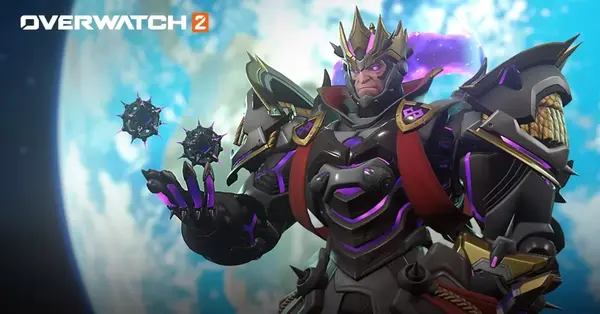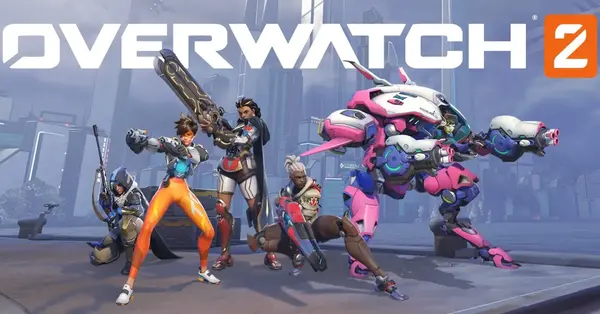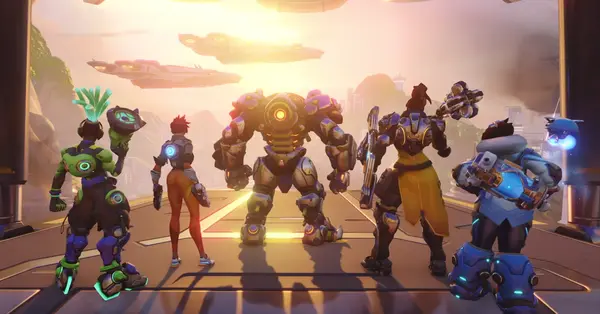<p>Introduction</p>
“Overwatch 2,” developed by Blizzard Entertainment, builds upon its predecessor with new characters, maps, and gameplay mechanics. Since its launch, the game has captivated players with its vibrant world and diverse roster of heroes. However, one of the most significant challenges faced by “Overwatch 2” is maintaining game balance. This article explores the complexities of balancing gameplay in “Overwatch 2,” examining its impact on player experience, competitive integrity, and community involvement.

The Evolution of “Overwatch”
“Overwatch,” originally released in 2016, quickly became a cultural phenomenon, known for its team-based gameplay and character diversity. The transition to “Overwatch 2” aimed to expand on this foundation.
From a Team-Based Shooter to a Sequel
“Overwatch 2” introduced new features, including a shift to a 5v5 team format, reducing the number of tanks from two to one. This change aimed to create faster-paced gameplay and enhance individual player impact.
The Importance of Game Balance
In a game where characters possess unique abilities, balance is crucial for ensuring fair competition and enjoyable gameplay. A well-balanced roster allows for diverse strategies and team compositions.
The Complexity of Hero Balance
Balancing heroes in “Overwatch 2” is a multifaceted challenge, requiring careful consideration of their abilities, roles, and interactions.
Understanding Hero Roles
Heroes are categorized into three roles: Damage, Tank, and Support. Each role plays a unique part in team dynamics, making balance within and between these roles essential.
Role-Specific Challenges
- Damage Heroes: High burst damage can lead to imbalances if not carefully moderated.
- Tank Heroes: Tanks must be able to absorb damage while still being vulnerable enough to create openings for their team.
- Support Heroes: Balancing healing output and utility can drastically affect overall team performance.
The Impact of Ability Synergy
Heroes often have abilities that synergize with one another, creating potent combinations. Balancing these interactions is crucial for maintaining fair gameplay.
Examples of Synergistic Abilities
- Ultimate Combos: Certain heroes can team up for devastating ultimate abilities, requiring careful consideration of their balance.
- Crowd Control: Heroes with crowd control abilities can disrupt gameplay, necessitating adjustments to maintain balance.
Community Reactions to Balance Changes
The player community is vocal about balance changes, often expressing both excitement and frustration.
Feedback Mechanisms
Blizzard actively solicits feedback from players to inform balance changes and updates.
Channels for Player Feedback
- Forums and Social Media: Players share their experiences and opinions on balance changes through various online platforms.
- Developer Updates: Regular communication from developers helps keep the community informed about upcoming changes.

The Complexity of Player Sentiment
Community reactions to balance changes can be mixed, as players often have differing views on what constitutes balance.
Examples of Community Sentiment
- Support for Buffs/Nerfs: Players may support changes that enhance underperforming heroes or nerf overpowered ones.
- Frustration with Changes: Some players may feel that their favorite heroes are unfairly nerfed or that balance changes disrupt established strategies.
The Role of Competitive Integrity
Maintaining competitive integrity is vital for “Overwatch 2,” especially given its esports presence.
The Importance of Fair Competition
Ensuring that all players have a fair chance to compete at high levels is crucial for the game’s longevity.
Challenges to Competitive Integrity
- Smurfing: Experienced players creating new accounts can disrupt matchmaking and create unbalanced games.
- Cheating: Instances of cheating can undermine trust in the competitive scene, leading to player frustration.
Community Involvement in Competitive Play
The competitive community plays a significant role in advocating for fair play and balance.
Examples of Community Initiatives
- Tournaments and Leagues: Organized events provide a platform for competitive play and highlight balance issues.
- Feedback on Competitive Modes: Players often provide feedback on ranked play and competitive integrity, influencing developer decisions.
Balancing New Content
With the introduction of new heroes and maps, balancing becomes even more critical.
The Impact of New Heroes
When new heroes are introduced, they can disrupt the existing balance, necessitating adjustments to other characters.
Strategies for Balancing New Heroes
- Internal Testing: Extensive testing of new heroes before release helps identify potential balance issues.
- Post-Launch Adjustments: Developers often monitor new heroes closely after their release, making rapid adjustments as needed.
Map Balance Considerations
Maps also play a vital role in balance, as certain heroes may perform better on specific maps.
Map-Specific Strategies
- Designing for Diversity: Maps should be designed to accommodate a variety of hero compositions, promoting diverse strategies.
- Evaluating Map Performance: Developers must analyze which heroes thrive on specific maps to ensure balanced gameplay.
The Future of Balance in “Overwatch 2”
As “Overwatch 2” continues to evolve, the focus on balance will remain essential.
Innovations in Balancing Techniques
Developers may explore new methodologies for balancing heroes and gameplay.
Potential Innovations
- Data-Driven Analysis: Utilizing advanced analytics to monitor hero performance and player behavior can enhance balance decisions.
- Player Participation: Involving players in balance discussions through surveys or feedback sessions can lead to more informed decisions.
Building a Collaborative Community
Fostering a collaborative environment between developers and players will be critical for the future of balance in “Overwatch 2.”
Strategies for Collaboration
- Regular Updates: Consistent communication regarding balance changes and the rationale behind them can build trust within the community.
- Inclusive Discussions: Engaging players in discussions about balance can enhance community investment in the game’s future.

Conclusion
Balancing gameplay in “Overwatch 2” is a complex undertaking that involves understanding hero roles, player sentiment, and competitive integrity. As the game evolves, the relationship between developers and the community will be crucial for maintaining a balanced and enjoyable experience. By actively engaging with players and adapting to their feedback, Blizzard can ensure that “Overwatch 2” remains a dynamic and competitive environment for all players.
In summary, balancing “Overwatch 2” requires careful consideration of heroes, community feedback, and the competitive landscape.


